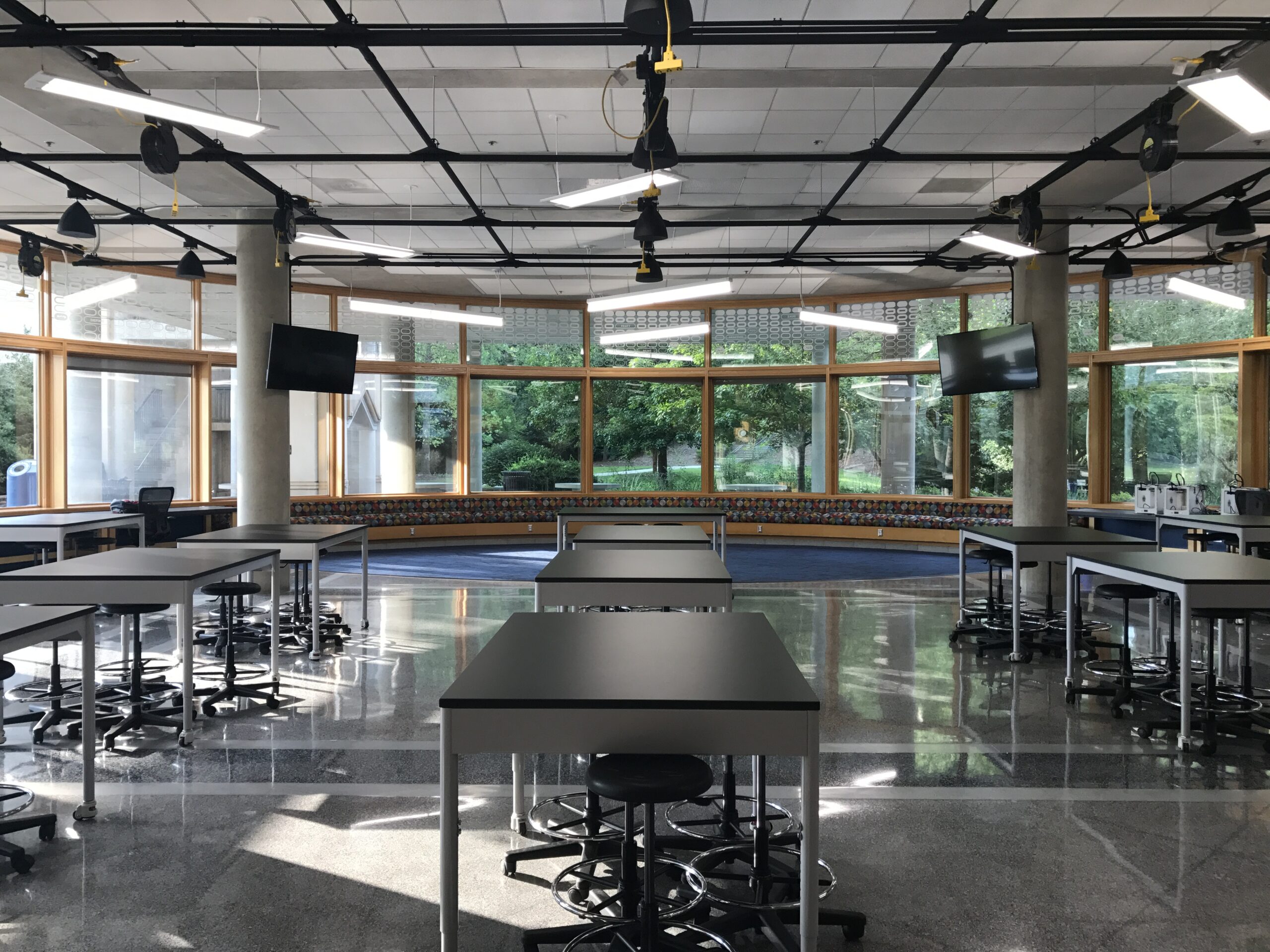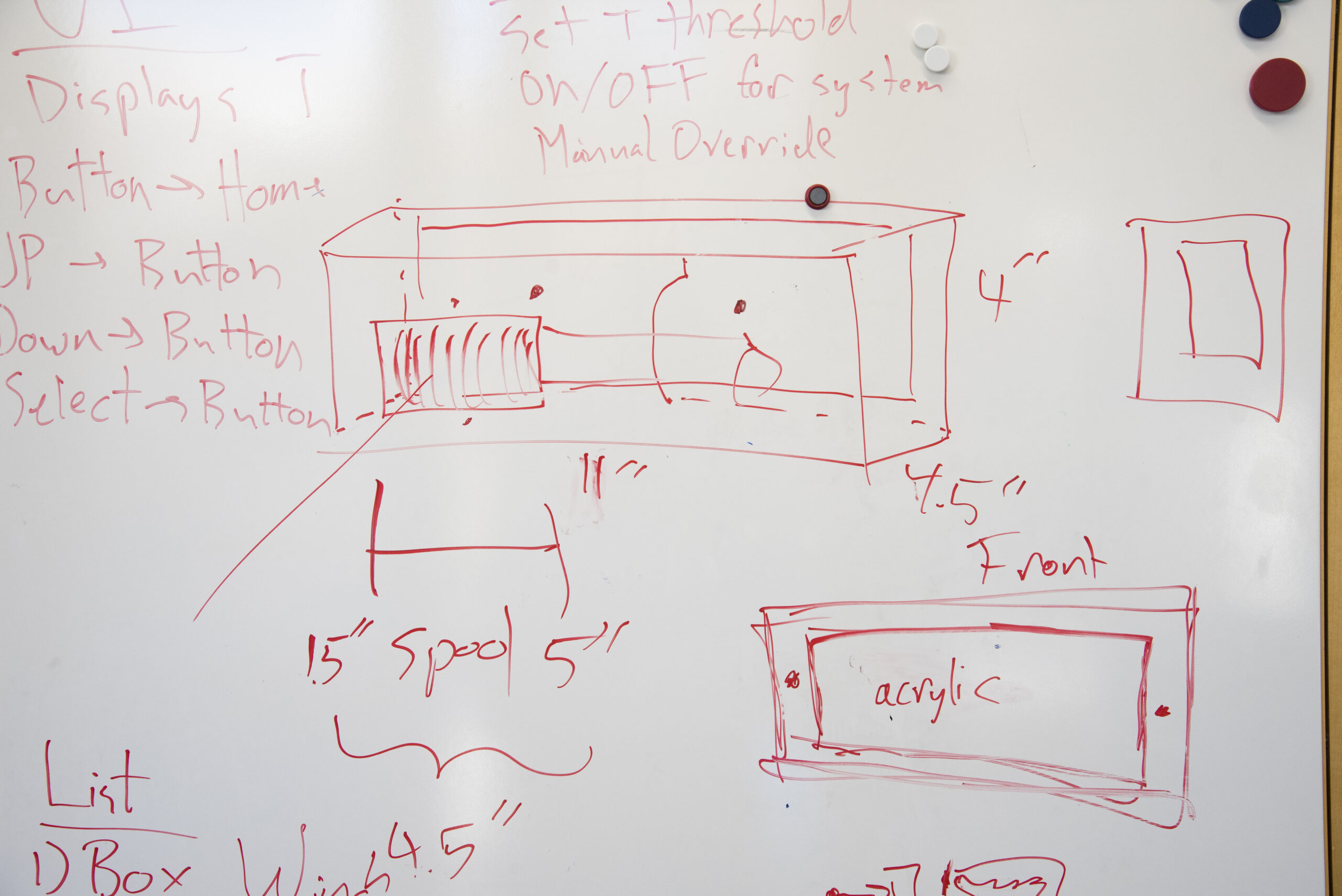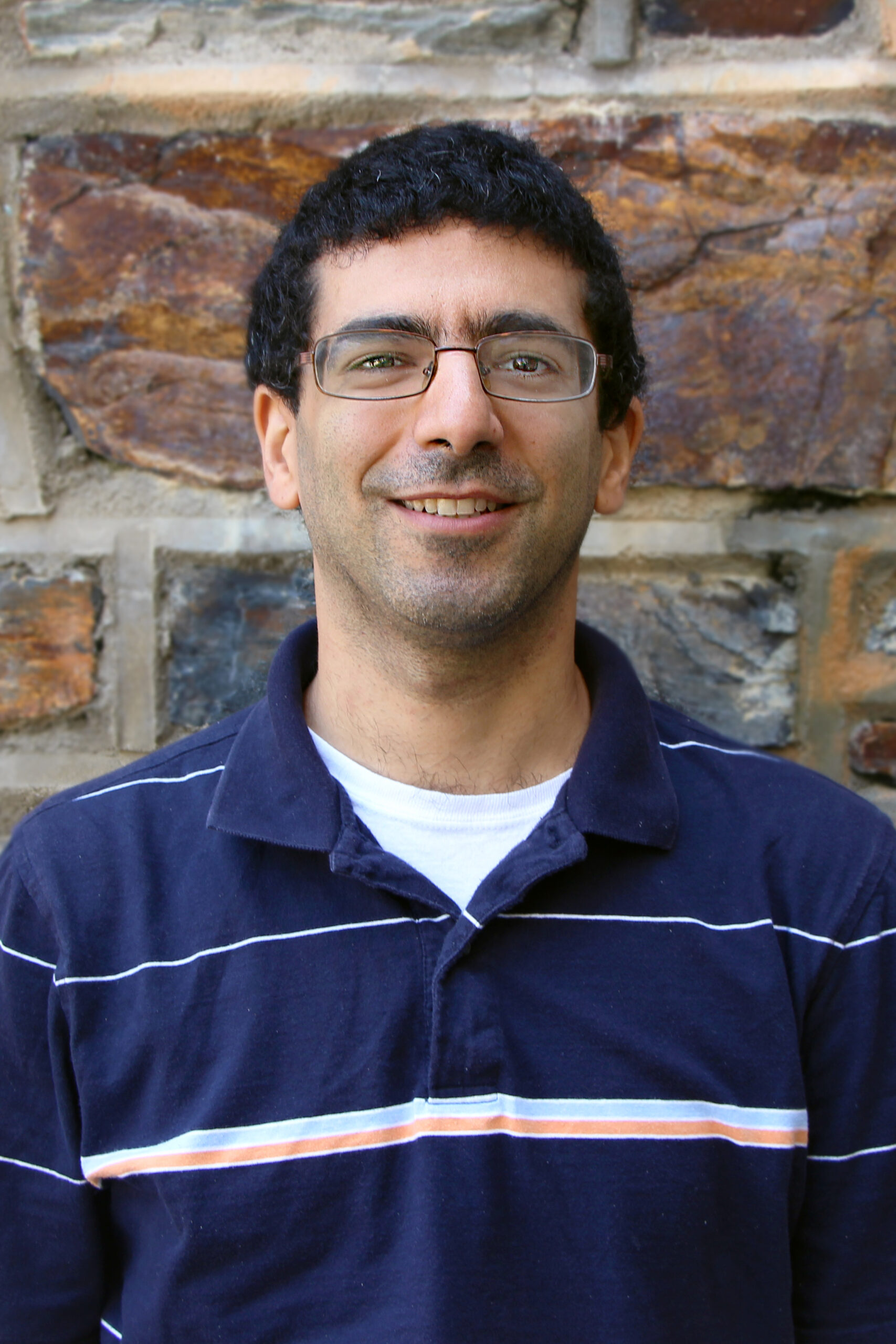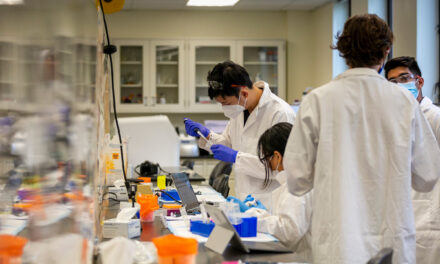Introducing Aaron Kyle:
Exploring New Methods to Diversity and Strengthen Engineering Education


New faculty member Aaron Kyle hopes to expand and enhance the biomedical engineering design programs for students inside and outside Duke

Aaron Kyle officially joined Duke University’s Department of Biomedical Engineering as a Professor of the Practice on July 1, 2022. With vast experience in engineering education, Kyle will develop new design courses that will help students learn how to apply engineering concepts to address biomedical problems.
Kyle’s work will also extend beyond Duke’s campus, where he’ll help launch engineering outreach programs to introduce underrepresented minority students to STEM concepts through biomedical engineering design projects.
Prior to his arrival at Duke, Kyle was a senior lecturer in the Department of Biomedical Engineering at Columbia University, where his work focused on improving engineering education for students of all levels. In his new role at Duke, Kyle will use his expertise to help expand and improve Duke BME’s senior design and bioinstrumentation courses and Duke Engineering’s signature First-Year Design program. Kyle will also help launch new design courses for sophomore and junior BME students. He is also interested in developing curricular tools for integration of Diversity, Equity, Inclusion and Justice considerations into engineering education.
“My work with engineering education doesn’t just involve being in the classroom with students and doing the day-to-day work of teaching concepts and working through projects, but also developing techniques that optimize learning for the students,” says Kyle. “In that sense, my research is somewhat unconventional, because it’s more focused on studying how people learn and how we can then use that knowledge to improve the education practice both inside and outside of the classroom.”
Kyle will use this innovative approach to closely collaborate with Duke BME Design educators Eric Richarson, Ann Saterbak, Mark Palmeri and Paul Fearis. Working with this team, Kyle will create bio design and bioinstrumentation courses that will grow the existing BME design curriculum, filling in the gap between the First-Year Design program and the senior design courses.


Kyle will also explore collaborations with clinicians and staff at the Duke University Medical Center with the goal of identifying new and existing medical issues for students to address through their design projects. Kyle is optimistic that these new opportunities will give students a comprehensive, practical and fulfilling design experience during each year of their undergraduate career.
“I’ve met a lot of great educators over the years, particularly within the Duke BME department, so when Eric and the design group reached out to me about joining their team I was immediately interested in collaborating,” says Kyle. “I’m excited to work with Duke students, instructors and clinicians, and to have access to great resources like the Design Pod.”
Kyle will use the move to forge new collaborations with partners outside of the Duke community, like principals and teachers at local middle and high schools. He plans to use these partnerships to develop outreach programs that can help introduce younger students, particularly underrepresented minority students, to engineering and to foster an early appreciation for STEM.


“The overarching hypothesis is that by focusing on design, rather than just conceptual learning exercises, we can support the development of engineering identity and help give students a genuine, persistent interest in STEM,” explains Kyle. “The goal is to give these students the tools to identify problems and the causes of those problems, and then we’ll teach them the skills to take that knowledge to the lab, build devices, test them out and see their ideas go from a concept to a finished product.”
Kyle has been leading summer design bootcamps for high school students since 2014, allowing students from the local community to come into university workspaces and build biomedical devices. Students then use that initial design knowledge to identify a problem on their own and develop a simple prototype to address that problem.
These outreach programs have spanned more than 40 successful projects, including a tool to help people with darker skin identify and detect signs of melanoma, heart rate monitors for people with sleep apnea, and even a guidance system for people who are visually impaired, as students found that they are especially susceptible to injuries above the waist. By working with local teachers, Kyle has helped created seven design-centric high school classes that have impacted over 1000 high school students.
“These outreach programs have been a great way to get students involved and motivated because they’re exploring topics and projects that they themselves identified and find interesting, but it has also evolved into a big part of my research,” says Kyle. “These programs are an opportunity for me to explore how these students, which are often traditionally underrepresented populations in STEM, can learn best. That research then informs the next year of outreach programs and courses at Duke.”
With Duke’s support, Kyle is hoping to expand these outreach opportunities to younger students.
“There is a lot of literature about when students develop an engineering identity and persistence, and we’re seeing that middle school is a particularly critical time for minorities and young women. We want to work with these students at this formative stage, offering short, design hackathons at Duke throughout the academic year. We hope that this will be an entry point for younger students, giving the design opportunities in middle and high school that will motivate them to pursue STEM majors in college.”
Kyle is looking forward to working with the Duke community on these efforts, leveraging the design instructors and student leaders at Duke to help him reach and energize the next generation of engineers.
“My approach to engineering education is finding the best ways to teach students how to identify and solve a problem,” says Kyle. “When we can make engineering more accessible and enjoyable to more people, we can make engineering more comprehensive, helpful and inclusive to all.”


MEET DUKE BME’S ALL-STAR TEACHING FACULTY
Libby Bucholz
Specialties: Teaching Courses on Imaging Systems, Diagnostic Tools & Signal Processing











